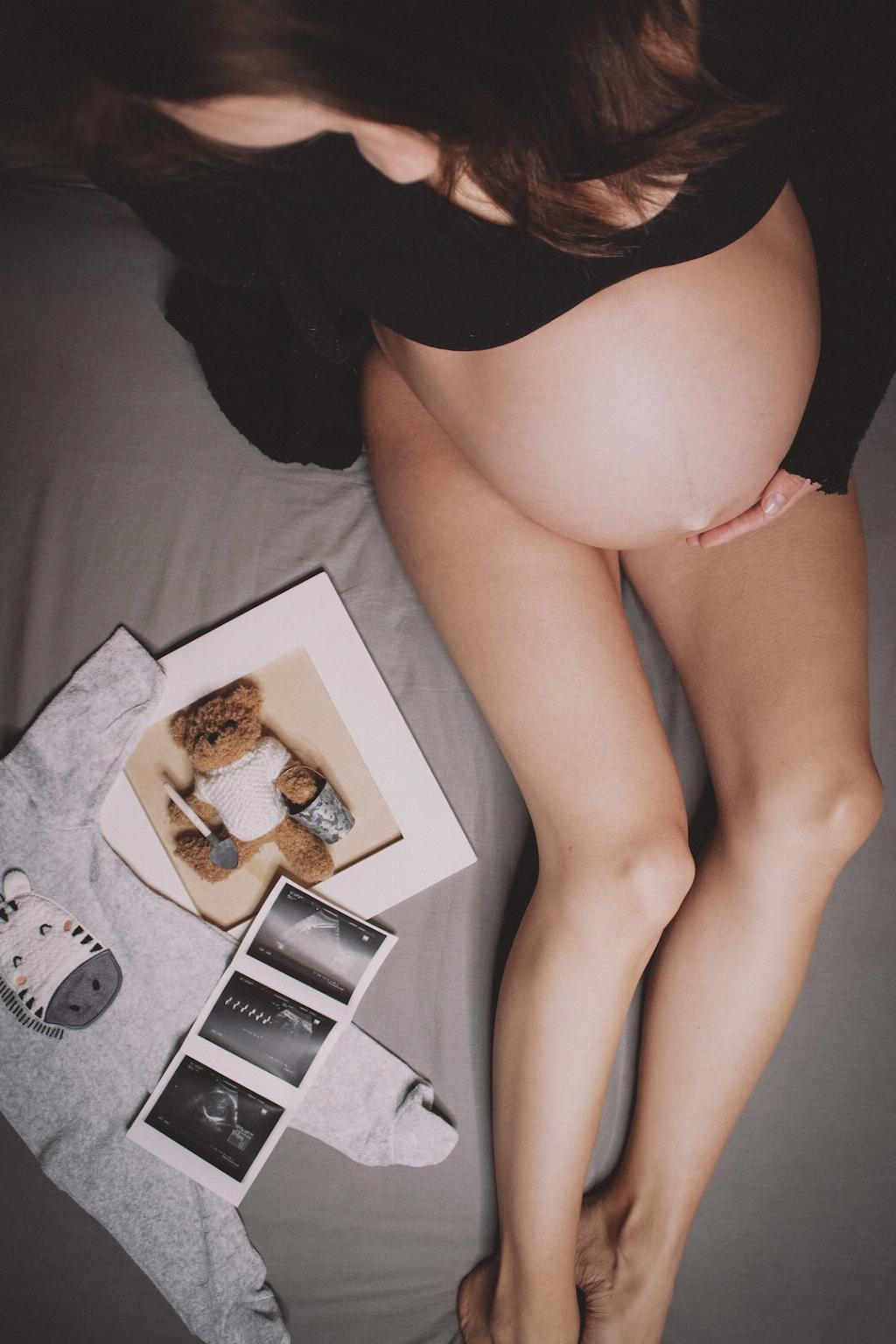During the miraculous journey of pregnancy, women experience a myriad of physical and emotional changes. However, one relatively less known yet intriguing phenomenon that some pregnant individuals may encounter is pica. Pica is defined as the persistent craving and consumption of non-food items, such as dirt, clay, chalk, or ice. This behavior can be concerning and perplexing, raising questions about its underlying causes and implications. So, why does pica occur in pregnancy?
One significant factor contributing to the development of pica during pregnancy is the body’s potential deficiency in essential minerals and nutrients, particularly iron and zinc. When a pregnant woman’s body lacks these vital nutrients, it may lead to unusual cravings for non-nutritive substances. These cravings can serve as a signal that the body is seeking to replenish its nutrient stores through unconventional means, resulting in the consumption of substances with no nutritional value.
Furthermore, the occurrence of pica during pregnancy can also be influenced by hormonal changes and fluctuations that take place in the body. The hormonal shifts that occur during pregnancy can impact the individual’s sense of taste and smell, potentially altering their food preferences and leading to cravings for substances that may not typically be considered edible.
Another essential aspect to consider when exploring the reasons behind pica in pregnancy is the psychological and emotional state of the expectant mother. Pregnancy can be a time of heightened stress, anxiety, and emotional vulnerability for many women. In some cases, the consumption of non-food items through pica may serve as a coping mechanism or a way to manage emotional distress, offering a sense of comfort or control in a challenging period.
It is crucial to acknowledge that cultural influences and societal norms also play a role in the occurrence of pica during pregnancy. In certain cultures, the consumption of specific non-food items is considered a traditional practice or a remedy for various ailments. As a result, pregnant individuals may be more likely to engage in pica if it aligns with their cultural beliefs or practices.
Moreover, the presence of certain underlying medical conditions or complications during pregnancy can contribute to the development of pica. Conditions such as iron-deficiency anemia or gastrointestinal disorders may increase the likelihood of experiencing cravings for non-food substances, as the body attempts to address its health needs through unconventional means.
When addressing pica in pregnancy, healthcare providers play a vital role in assessing and managing this behavior. Through a comprehensive evaluation that considers nutritional status, emotional well-being, cultural background, and any potential medical issues, healthcare professionals can develop tailored interventions to support pregnant individuals experiencing pica.
Support and understanding from family members, partners, and the wider community also play a crucial role in assisting pregnant women dealing with pica. Open communication, empathy, and non-judgmental attitudes can create a nurturing environment that encourages individuals to seek help and address the underlying factors contributing to their cravings for non-food items.
In conclusion, the occurrence of pica in pregnancy is a multifaceted phenomenon influenced by a combination of nutritional, hormonal, psychological, cultural, and medical factors. By recognizing the complex nature of pica and addressing it with a holistic approach that considers the various aspects contributing to this behavior, healthcare providers and support systems can offer valuable assistance to pregnant individuals navigating this challenging experience.

